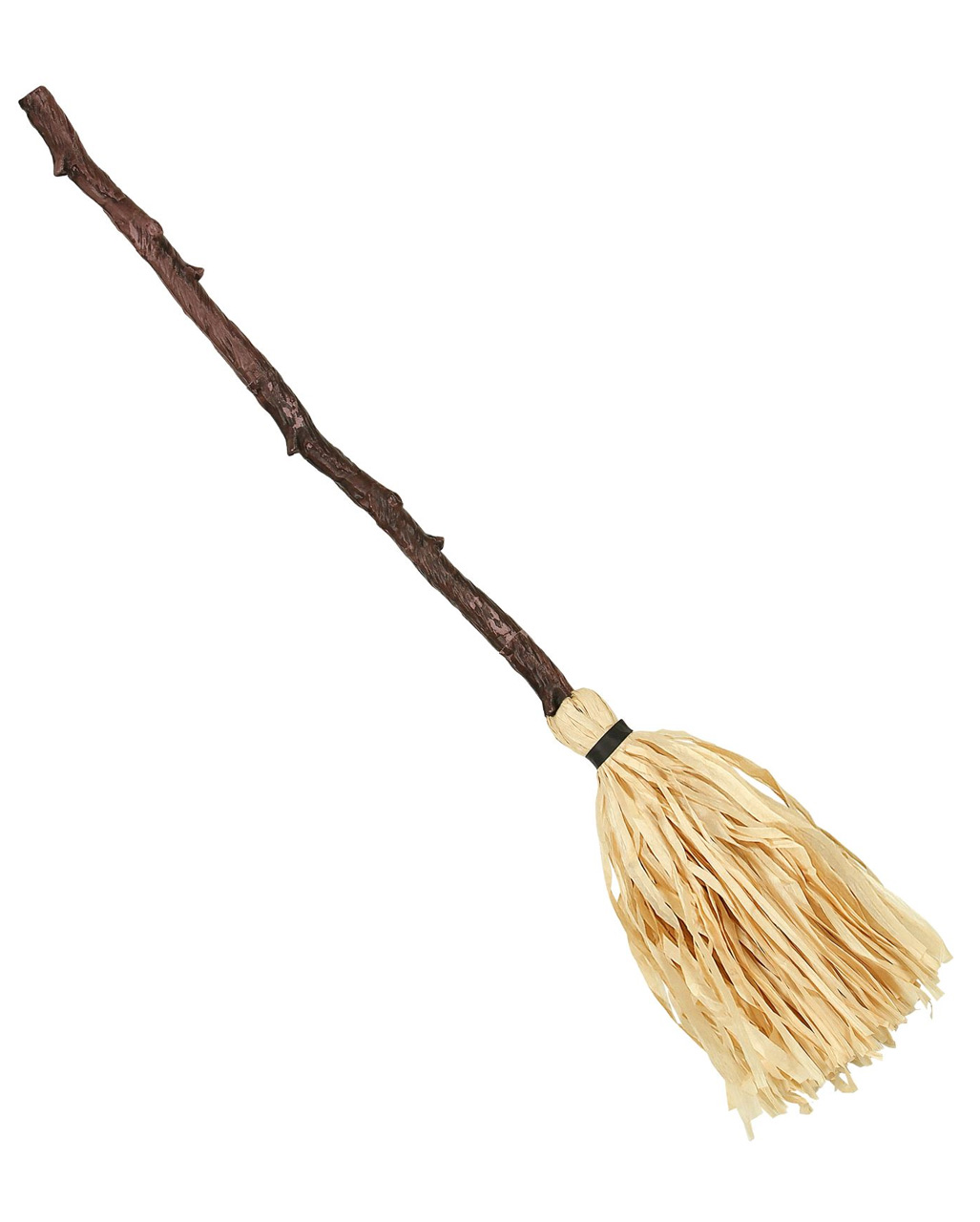

Provide plants with proper cultural care and a good growing environment to keep them vigorous.

Rose rosette virus, however, generally kills infected hosts. Most rose viruses do not threaten plant survival they only slow plant growth and mar the aesthetic appearance. This virus is common in the United States east of the Rocky Mountains but in California has only been reported in the Fresno area. The virus is spread by a rose-feeding, wind-transported eriophyid mite, Phyllocoptes fructiphilus. Rose rosette disease that causes witches' broom in roses is caused by an RNA virus in the genus Emaravirus. The witches' brooms become apparent on oak terminals by late spring or early summer. Oaks, for example, commonly develop witches' brooms after spring weather is cool and moist and in coastal areas where fog occurs during the growing season. The biology and development of witches' brooms varies with the particular situation.

#WITCH BROOMSTICK HOW TO#
How to Manage Pests Pests in Gardens and Landscapes UC IPM Home > Homes, Gardens, Landscapes, and Turf > Trees and Shrubs > Diseases


 0 kommentar(er)
0 kommentar(er)
